Spiderweb donuts aren’t just a playful confection; they’re a reminder that sometimes, the messiest shapes make the most delightful bites. I love how the weaving process turns baking into a little act of chaos, a kind of edible sculpture. It’s a treat that looks intricate but is surprisingly forgiving once you get the hang of it.
Why I keep making these tangled treats
They remind me of childhood chaos—messy, joyful, and always unique. The process of weaving dough feels like creating a little edible art, and the smell of frying dough is pure comfort. Plus, they’re just fun to eat, especially when dusted with powdered sugar and served warm.
Ingredients and their roles in your web of flavor
- All-purpose flour: The backbone of the dough, providing structure and chewiness.
- Fresh yeast: Activates to give rise, making donuts airy and light.
- Warm milk: Feeds the yeast, helps develop flavor, and softens the dough.
- Butter: Adds richness and a tender crumb.
- Powdered sugar: Sweetens and adds a delicate dusting that resembles snow on a web.
- Vegetable oil: Frying medium that crisps the exterior—neutral and reliable.
- Egg: Helps bind the dough and enriches the flavor.
Tools of the web: Equipment and utensils
- Rolling pin: To flatten the dough evenly.
- Sharp knife or pizza cutter: To cut strips for weaving.
- Deep-fry thermometer: To monitor oil temperature.
- Slotted spoon: To lift donuts out of hot oil safely.
- Cooling rack: To drain excess oil and cool.
Step-by-step guide to weaving and frying your spiderweb donuts
Step 1: Mix flour, sugar, and a pinch of salt in a bowl. Add warm milk and yeast. Let sit for 5 minutes until frothy.
Step 2: Knead in softened butter and an egg until dough is smooth and elastic, about 10 minutes.
Step 3: Cover and let rise in a warm spot for 1 hour, or until doubled in size.
Step 4: Roll out the dough on a floured surface to about 1 cm thickness. Cut into strips, then weave them into spiderweb shapes.
Step 5: Heat oil to 180°C (350°F). Fry the shaped donuts until golden, about 2-3 minutes per side.
Step 6: Drain on paper towels, then dust with powdered sugar or drizzle with chocolate.
Cooking checkpoints for perfect spiderweb donuts
- Dough should be soft but not sticky; if it sticks, dust with more flour.
- Oil should shimmer but not smoke; maintain steady temperature at 180°C (350°F).
- Donuts should be golden and crispy on the outside, light and airy inside.
Common web-frying mistakes and how to fix them
- Dough sticks excessively to hands and surface.? Dough is too sticky; add more flour gradually.
- Donuts turn dark too quickly.? Oil temperature drops; increase heat slightly or fry in smaller batches.
- Web shapes lose integrity during frying.? Webs fall apart; ensure dough is well-kneaded and rested.
- Uneven browning and soggy texture.? Overcrowding the pan; fry in small batches for even cooking.
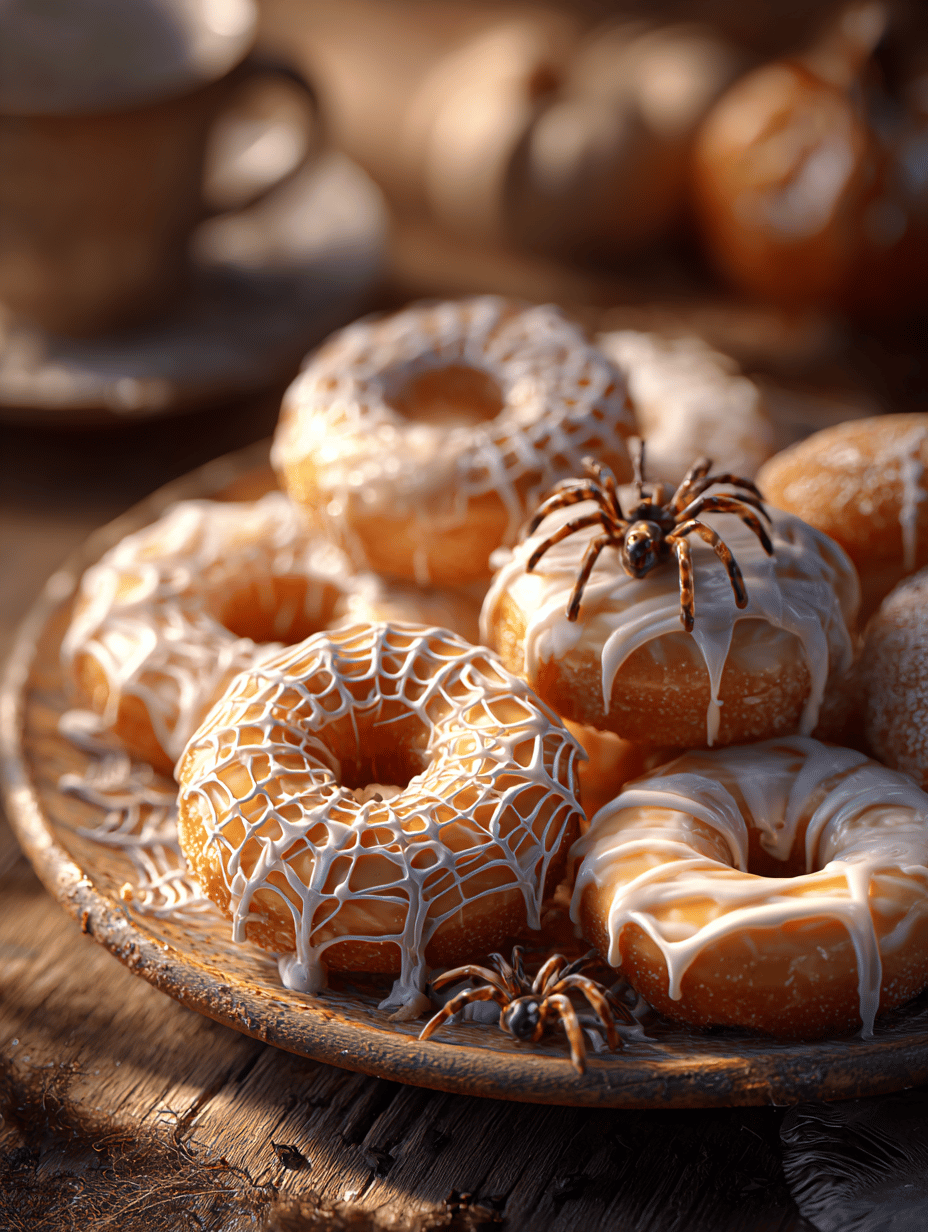
Spiderweb Donuts
Ingredients
Equipment
Method
- Mix flour, sugar, salt, and yeast in a large bowl until combined.
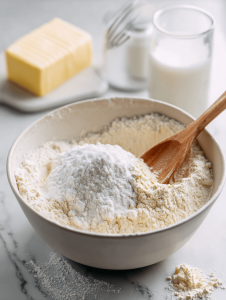
- Warm the milk and melt the butter, then add them to the dry ingredients along with the egg.
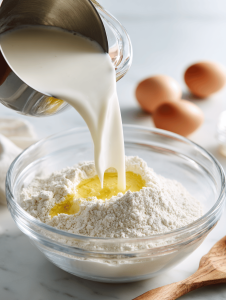
- Knead the mixture until the dough is smooth, elastic, and slightly sticky, about 10 minutes.
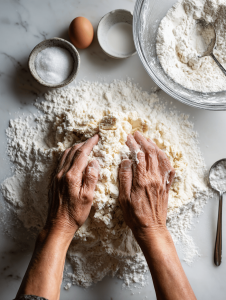
- Cover the dough with a damp cloth and let it rise in a warm spot until doubled in size, about 1 hour.
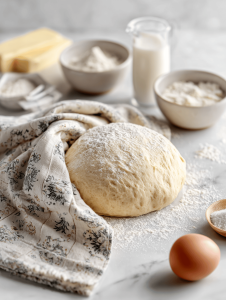
- Gently punch down the dough and turn it out onto a floured surface. Roll it out to about 1 cm thickness.
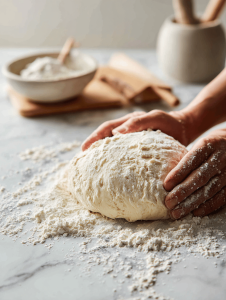
- Use a sharp knife or pizza cutter to cut the dough into strips, then weave the strips into spiderweb shapes on a floured tray or parchment paper.
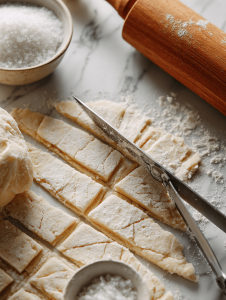
- Heat vegetable oil in a deep pan or pot to 180°C (350°F). Carefully place the web-shaped donuts into the hot oil.
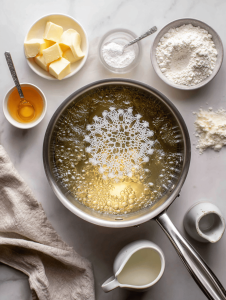
- Fry the donuts until golden and crispy, about 2-3 minutes per side, making sure they stay intact.
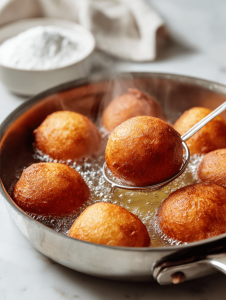
- Use a slotted spoon to remove the donuts from the oil and drain on a cooling rack lined with paper towels.
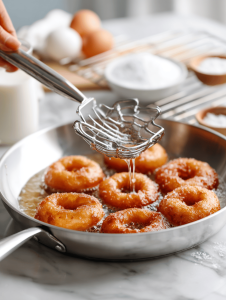
- Once cooled slightly, dust the donuts generously with powdered sugar to resemble snowy webs.
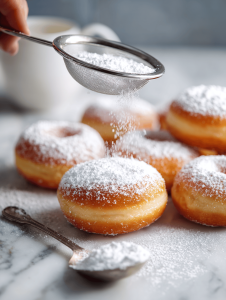
- Serve warm and enjoy the crunchy, sweet web-shaped donuts that delight with every bite.
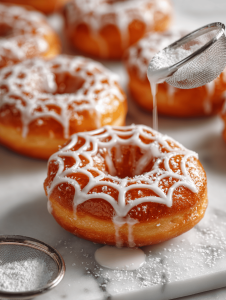
Leave a Reply